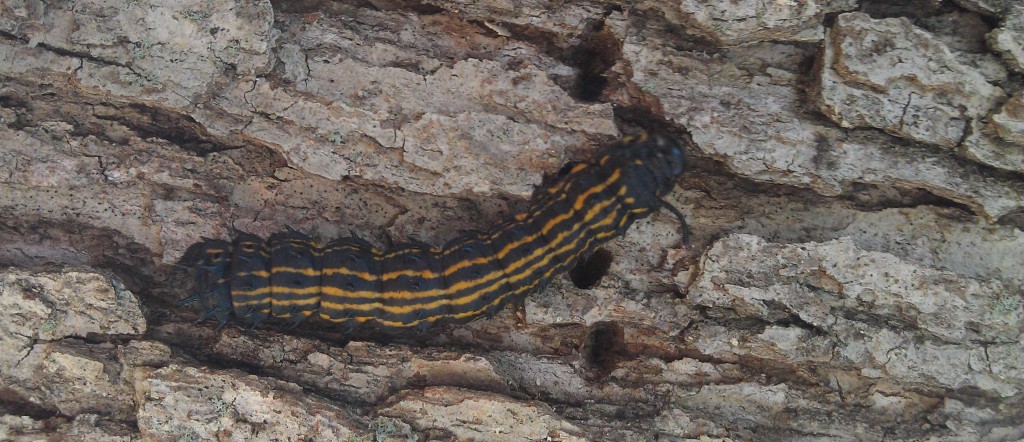Orangestripped Oakworms
go.ncsu.edu/readext?368992
en Español / em Português
El inglés es el idioma de control de esta página. En la medida en que haya algún conflicto entre la traducción al inglés y la traducción, el inglés prevalece.
Al hacer clic en el enlace de traducción se activa un servicio de traducción gratuito para convertir la página al español. Al igual que con cualquier traducción por Internet, la conversión no es sensible al contexto y puede que no traduzca el texto en su significado original. NC State Extension no garantiza la exactitud del texto traducido. Por favor, tenga en cuenta que algunas aplicaciones y/o servicios pueden no funcionar como se espera cuando se traducen.
Português
Inglês é o idioma de controle desta página. Na medida que haja algum conflito entre o texto original em Inglês e a tradução, o Inglês prevalece.
Ao clicar no link de tradução, um serviço gratuito de tradução será ativado para converter a página para o Português. Como em qualquer tradução pela internet, a conversão não é sensivel ao contexto e pode não ocorrer a tradução para o significado orginal. O serviço de Extensão da Carolina do Norte (NC State Extension) não garante a exatidão do texto traduzido. Por favor, observe que algumas funções ou serviços podem não funcionar como esperado após a tradução.
English
English is the controlling language of this page. To the extent there is any conflict between the English text and the translation, English controls.
Clicking on the translation link activates a free translation service to convert the page to Spanish. As with any Internet translation, the conversion is not context-sensitive and may not translate the text to its original meaning. NC State Extension does not guarantee the accuracy of the translated text. Please note that some applications and/or services may not function as expected when translated.
Collapse ▲A lot of trees in parking lots and along warm suburban streets could host orangestripped oakworms. I found several infested trees along Centennial Parkway and at the NC Museum of Art in the last week or so. Orangestriped oakworms can defoliate trees in some cases but often only a branch or two are affected. They have one generation a year. This time of year the are noticeable because they are getting big and dropping a lot of frass on decks and sidewalks. Later they will start coming down to the ground to pupate.
Orangestripped oakworms are actually one of the pests we know quite a bit about and even have scouting protocols, aesthetic injury levels, and treatment thresholds. I wrote a longer piece about how orangestripped oakworms are a great case study in ornamental IPM on my blog.



